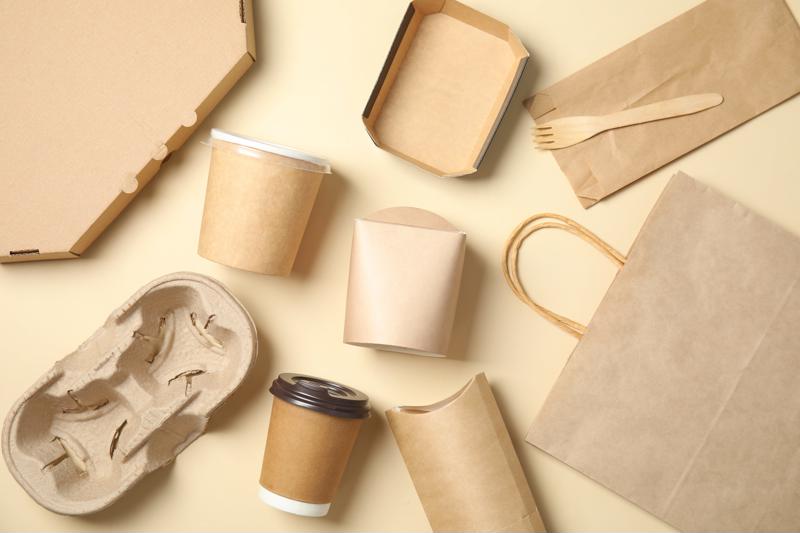Foam containers are common in some regions and some parts of the overall restaurant industry as an inexpensive way to keep food in transit safe and insulated at the proper temperature. Everything from cups for soda at some fast-food restaurants and gas stations to more upscale restaurants packaging leftovers and meals for delivery can involve these inexpensive and effective cups and containers. However, foam containers also have a number of negative qualities, such as not being biodegradable and leaching toxins from the environment that are then passed on to animals that eat it, as the Baltimore Sun pointed out. Foam is also a major pollutant.
Many chefs regularly package foods for to-go orders, so understanding bans on the use of foam containers is vital for creating effective strategies for keeping food safe and tasty once it reaches its destination. Online culinary school students should keep this information in mind as they take on their first positions in kitchens across the country.
 Paper and plastic containers may soon replace foam containers in many areas.
Paper and plastic containers may soon replace foam containers in many areas.Understanding the many recent foam container bans
Foam containers, technically called polystyrene but often incorrectly identified as Styrofoam, can be a major source of pollution and disruption to local environments. Recognition of this problem has led to bans that have either been approved by state and local governments or will seemingly soon gain that confirmation. Along with a wide-ranging restriction on foam container use in Maryland, which was preceded by more local countywide bans, there is also legislation pending or approved in places such as Maine, Orlando and Montreal. An effort to eliminate these containers is also on the rise in Pennsylvania, the local ABC affiliate reported.
Restaurant Hospitality pointed out that the bans are part of a broader push for more sustainable disposable food and drink containers, with a wide range of individuals and groups working toward changes to plastic cutlery, straws and other items as well. All of these actions can have a major impact on chefs and restaurants that aren’t prepared to address them in a competent and effective way. Additionally, the continued use of foam containers may discourage certain customers from continuing to visit or order from a restaurant – especially if its competitors have already switched to more sustainable options.
How can chefs and restaurants get ahead of this issue?
The bad news for restaurants from a financial standpoint is that some – but not all – alternative containers can be more costly, the Baltimore Sun pointed out. However, the additional price isn’t insurmountable. Restaurants can absorb the cost, pass it along to consumers in a higher overall price or as part of a delivery fee, or find a balance between the two. A wide variety of plastic and waxed paper containers can be used instead of foam vessels. While these aren’t always perfect solutions, especially in the case of plastic, they offer significantly better outcomes than foam. Paper containers, even waxed ones, will eventually biodegrade, while many plastic containers are both recyclable in many areas and reusable. Customers may find themselves using plastic containers to bring lunch to work if they don’t simply deposit them into their recycling bins.
One important thing to keep in mind is how well food keeps when it’s prepared for takeout or delivery. Foam containers have some especially strong properties when it comes to retaining heat, but there are plenty of workarounds. Insulated bags that can carry the containers and organizing orders so that they sit for as little time as possible before heading out the door are both useful tactics. While it’s important to recognize the building blocks of a strong takeout and delivery menu, you likely won’t need to make many changes with a switch to new containers.
Understanding the best way to get food to customers is one of many vital considerations for chefs. Students in our online culinary arts program cover a wide variety of topics as they learn how to be successful culinary professionals. To learn more, get in touch with us today!


